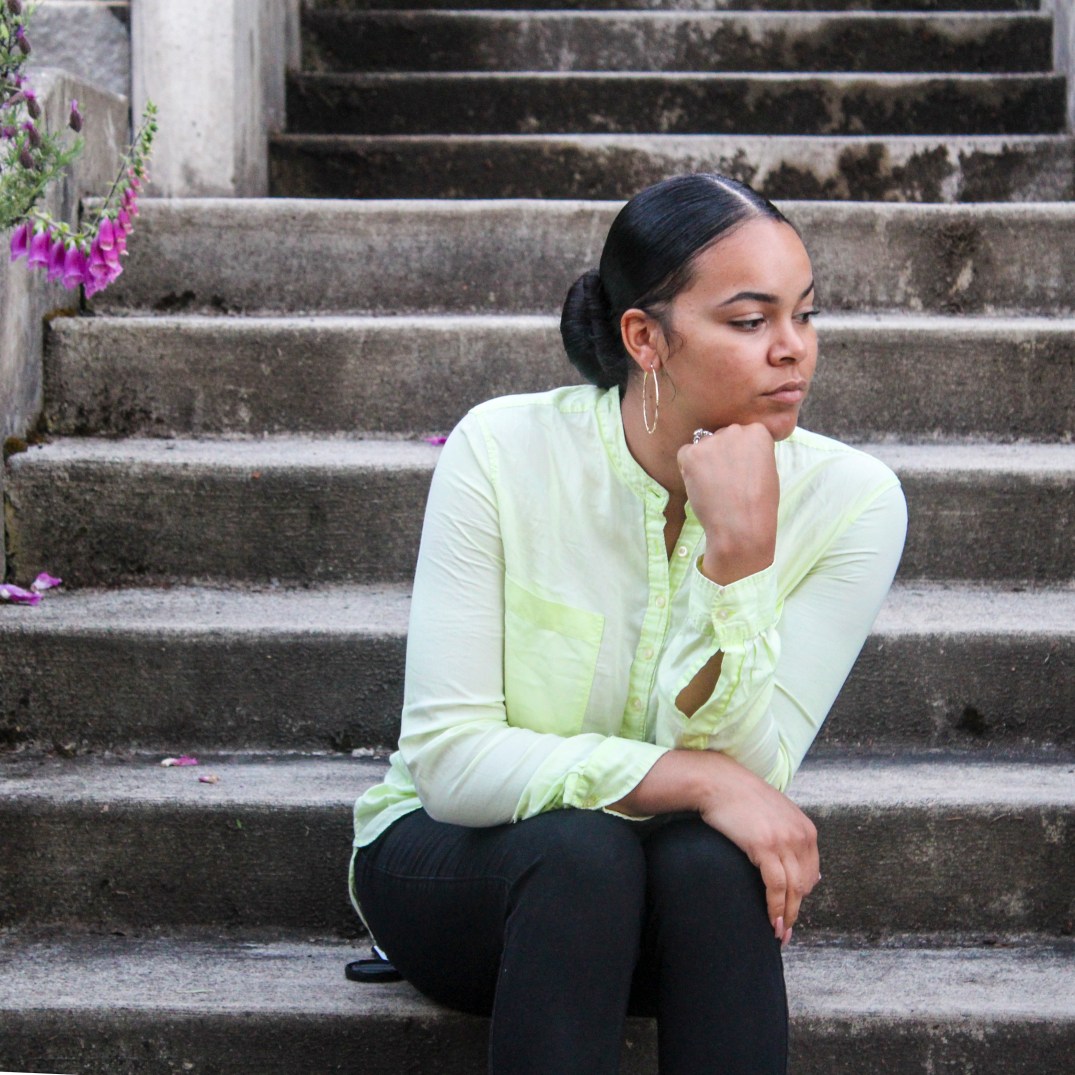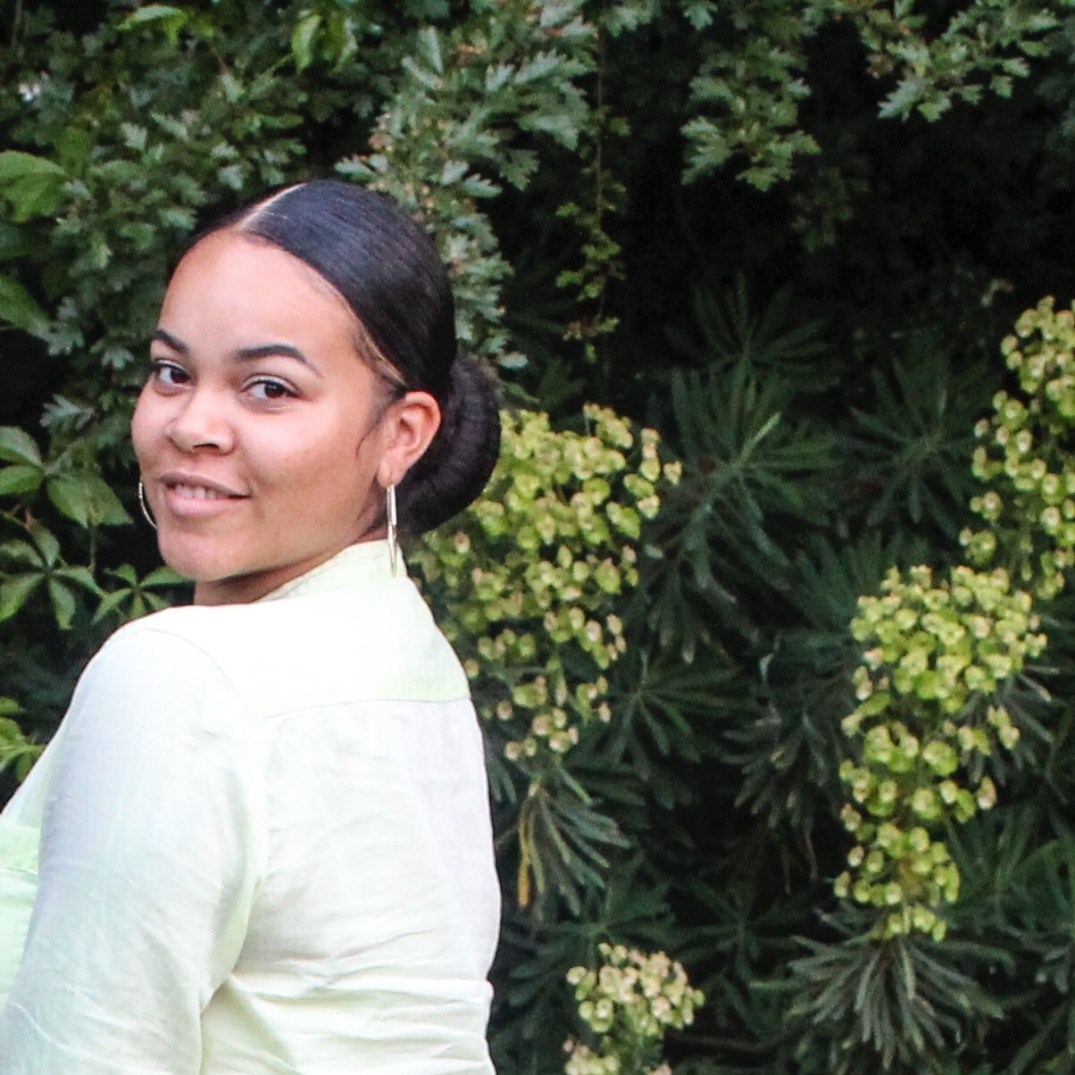It’s up to advocates to connect this story of family homelessness to action
By Katie Bradley, project assistant, Seattle University’s Project on Family Homelessness
As the credits for The Florida Project rolled, I was floored. This movie made me cry while I sat in the theater, and I didn’t even cry when I saw Titanic for the first time as a child. A movie about a family living in poverty at an Orlando budget motel got to me in the most heart-wrenching way.
I had just seen a raw portrait of family homelessness set in contrast with the happiest place on earth, Disney World. It made me want to do something to help families living like those depicted in the film. But I felt lost with what I could do, and it left me with my head spinning.
Fortunately for me, I work with a bunch of people who think about family homelessness all the time, and we think that we may be able to connect audiences to action, which we will explore later. First, here’s a description of this remarkable film and what it says about family homelessness.

The Florida Project is a breakout movie that depicts the struggles of living in poverty from a childhood perspective, set in a not-so-magical purple budget motel, the Magic Castle. The film depicts the often-unseen struggles of homelessness, which director and co-writer Sean Baker calls the “hidden homeless,” to represent the life of the modern-day “Little Rascals” who live a “life on the margins.” Continue reading














